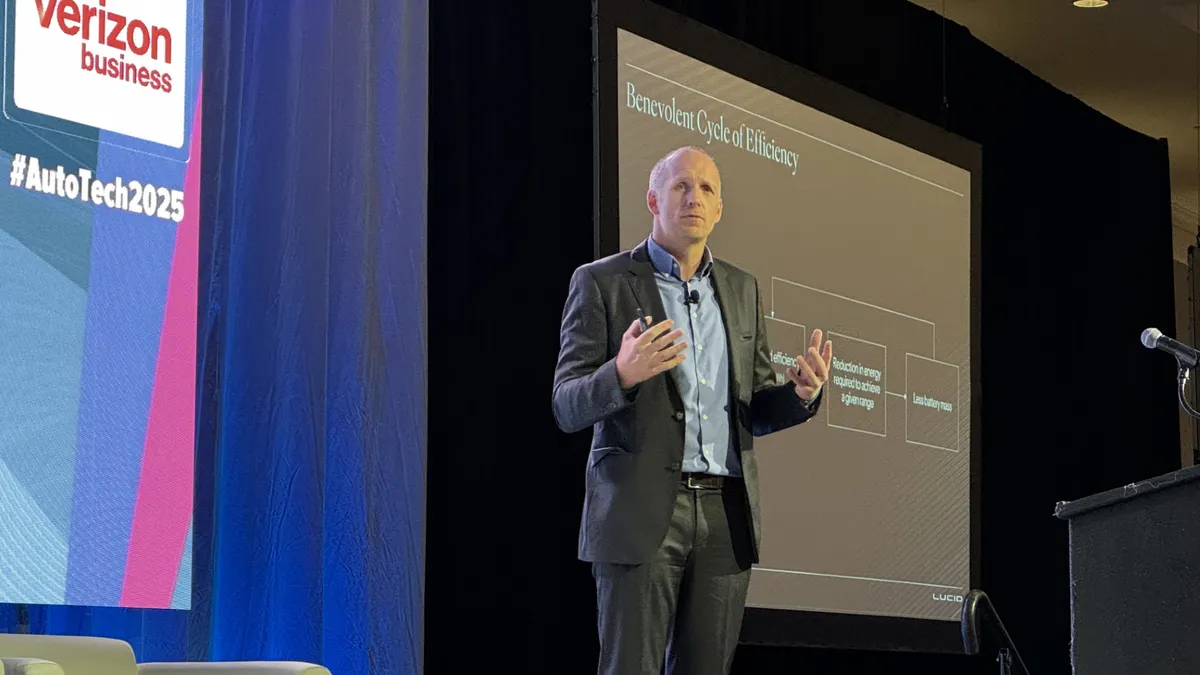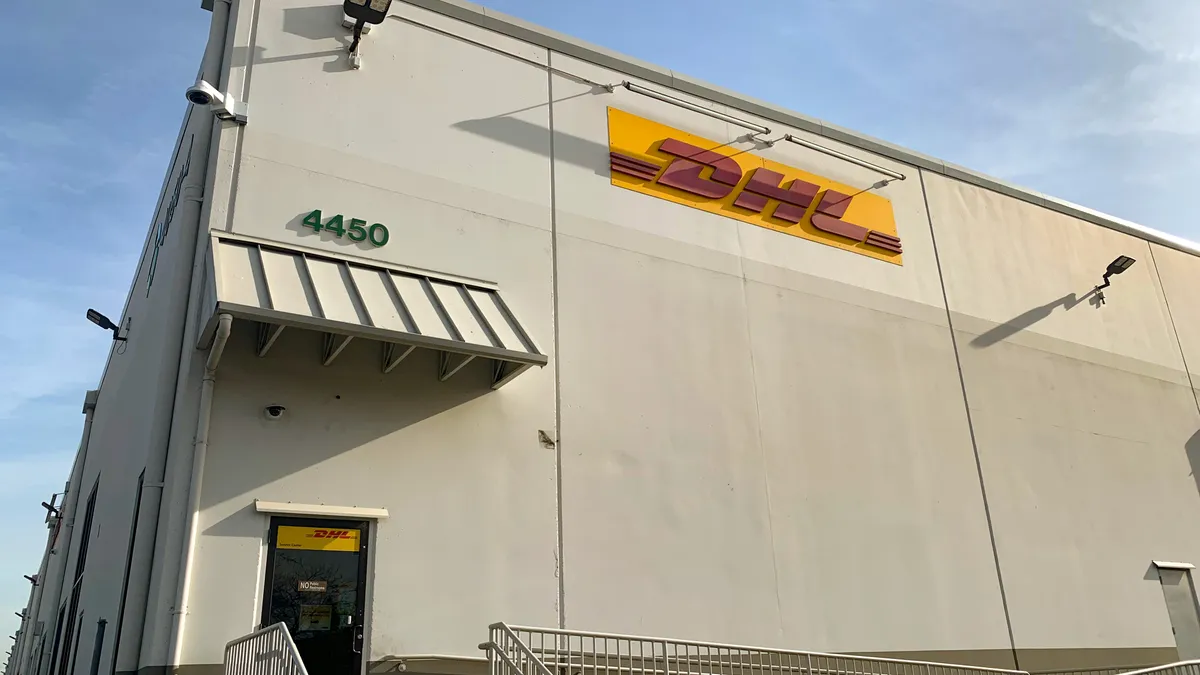This is a contributed op-ed written by Mary Beth Lang, vice president and chief supply chain and procurement officer at Kaiser Permanente. Opinions are the author's own.
The events of 2020 have made it abundantly clear that many aspects of our country are in need of change.
The COVID-19 pandemic has revealed the fragility and consequence of our nation’s dependence on global supply chains and overseas manufacturing, while simultaneously highlighting the negative impact that socioeconomic and environmental health disparities have on people of color. The murders of George Floyd and others are forcing our nation to reckon with its history of systemic and institutional racism. Extreme temperatures, wildfires and storms are evidence of the worsening impact of climate change.
Despite the confluence of these crises, there is opportunity. Part of that lies in changing the way we do procurement.
When making spending decisions, supply chains focus on balancing cost and quality. Anchor institutions have an opportunity to adopt a new approach that applies a sustainability and social impact lens to their procurement practices.
Anchor institutions are long-standing organizations that play a vital role in their local communities and economies. They serve as employers, real estate holders and purchasers. As we look to rebuild our economy, it’s important for anchor institutions to understand the role they play in supporting local economies.
A future state — where cost, quality, assurance of supply, and social and environmental impact are balanced priorities — demands internal policy and practice changes. Shifting to this method ensures that spending decisions are environmentally sound, economically viable and socially equitable.
Upfront costs for long-term gain
Social determinants of health are the conditions in the environments where people are born, live, learn, work and play, and they affect a wide range of health, functioning, and quality-of-life outcomes and risks. In fact, social, economic and environmental factors determine 50% of a person’s health status.
The increasingly recognized implications of the social determinants of health on poor and traditionally marginalized communities need to be addressed — as do the impacts of the ever-widening health and wealth gap caused by the historical lack of equal access to quality education, economic opportunities and environments free of pollutants.
It is time for more institutions to harness the full power of their organizational assets.
As a sector, healthcare has begun to leverage resources and assets to make an impact. When health systems build, buy and hire, in many cases, they are able to support their operations while creating economic opportunities. Hospitals spend nearly $500 billion annually on goods and services, roughly 3% of U.S. GDP.
Reflexively, large institutions seek offshore providers or large producers that can provide products en masse. This allows them to take advantage of lower labor costs and economies of scale that then provide their buyers with cost savings. However, those cost savings can be erased by social and environmental externalities not recognized in the procurement process but nonetheless incurred by the institution eventually.
Spending more on locally procured goods and services may seem cost prohibitive. But the long-term cost benefit of shifting a percentage of spending to support local economies and diverse suppliers mitigates socioeconomic and health disparities, strengthens supply chain resilience, reduces carbon emissions, and contributes to local economic vitality.
How to get started
Leveraging our purchasing power to address inequities can improve the economic health and, therefore, the well-being of the communities we serve. Here’s how to get started:
- Use sustainable vendors when possible, thereby reducing harmful pollutants.
- Contract with women- or minority-owned vendors, thereby addressing gender, racial and economic inequity created by historical disinvestment and discrimination.
- Use local vendors when possible to support a circular economy.
- Support community wealth building by working with or fostering employee-owned enterprises, thus promoting financial security and agency.
Cross-collaborative relationships with other anchor institutions, large suppliers, and local and state officials can increase accessibility to the tools and resources that small businesses and those owned by underrepresented groups need to grow and become resilient.
Sponsoring technical assistance and capacity-building programs, and connecting diverse suppliers to alternative lending agencies like community development financial institutions, can help reverse systemic economic inequality. Employing these actions can help achieve the economies of scale necessary to balance cost pressures with making a positive impact.
We are living through unprecedented times, and we should perceive these events as a call to action. Leveraging organizational assets — specifically in the area of procurement — to create a more inclusive, sustainable and equitable economy achieves a multiplier effect that keeps money circulating in the communities our institutions serve and beyond, stretching each dollar further.
“Like a stone thrown into a pond, every purchase creates a ripple," David LePage wrote in a 2010 paper on purposeful purchasing. "Unintentionally or intentionally, every decision to purchase causes not one, but multiple transactions affecting the community’s capital, whether social, environmental, cultural, structural, human, or economic.”
This story was first published in our weekly newsletter, Supply Chain Dive: Procurement. Sign up here.





















